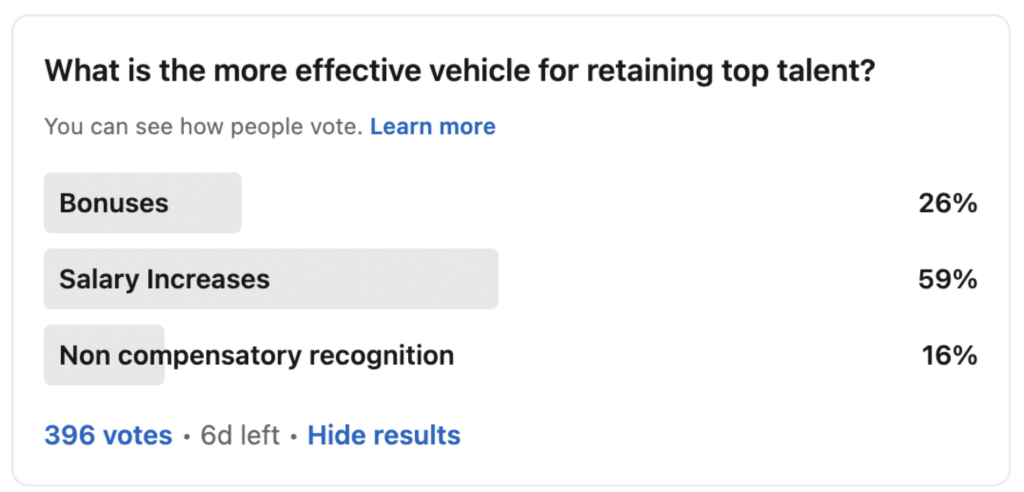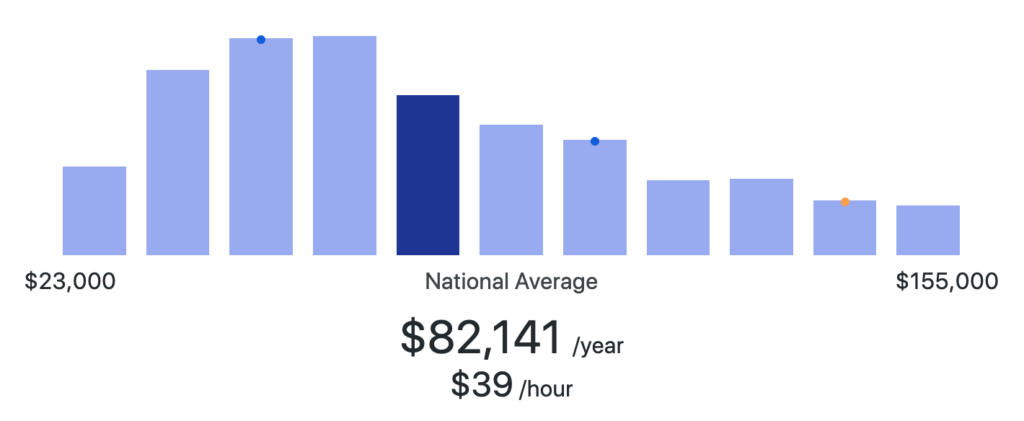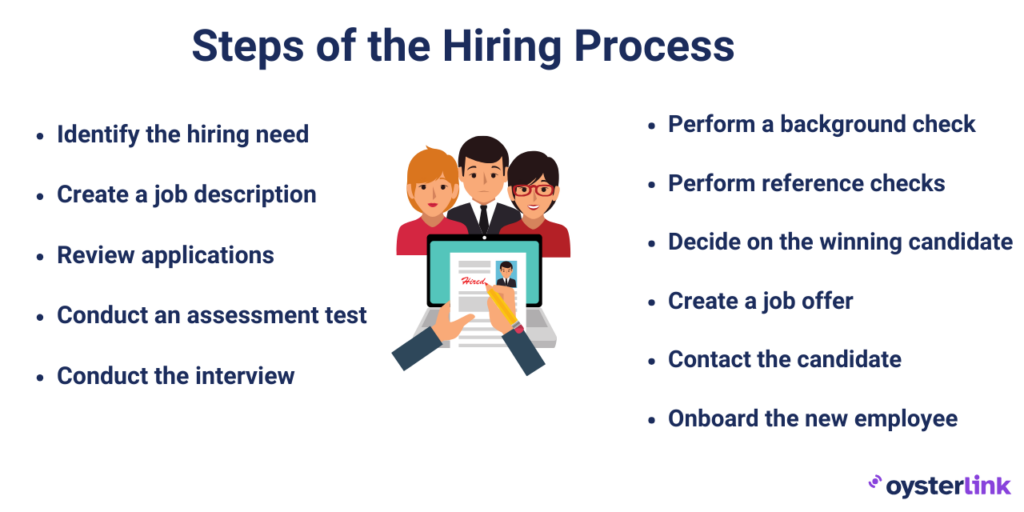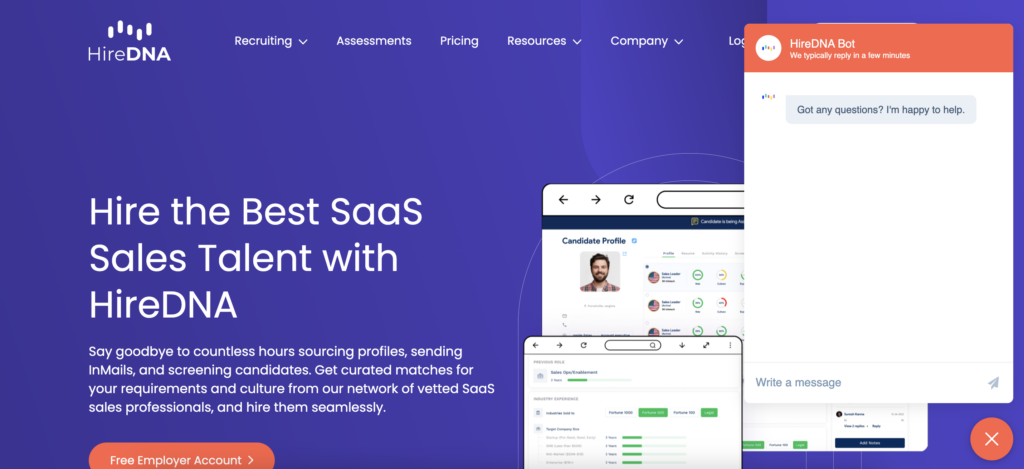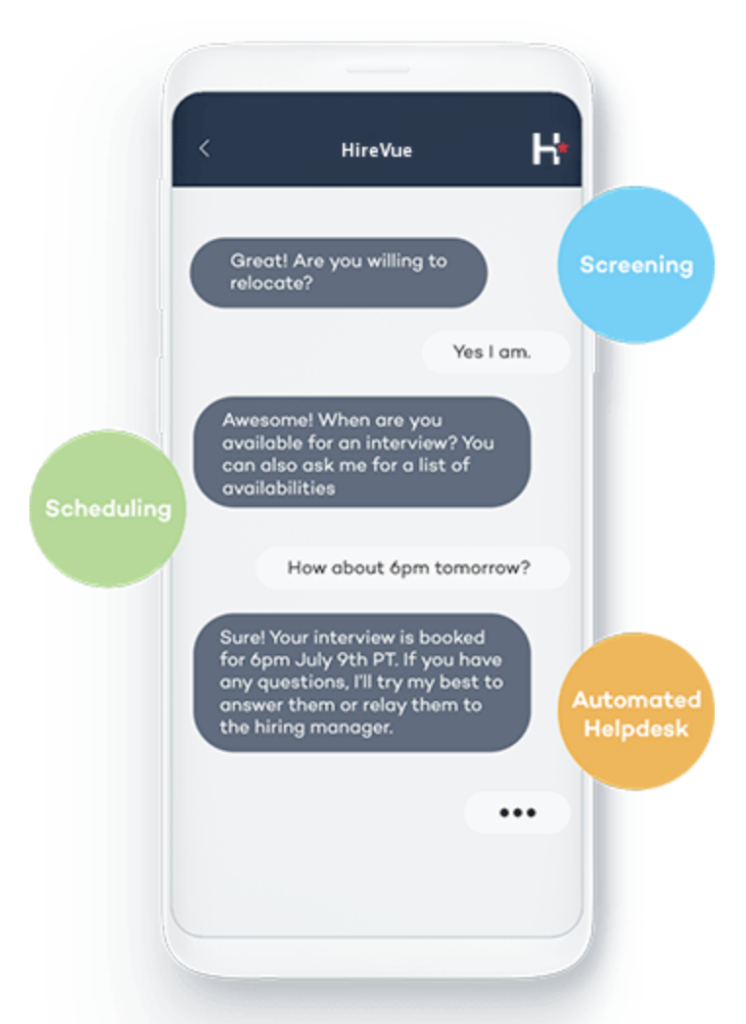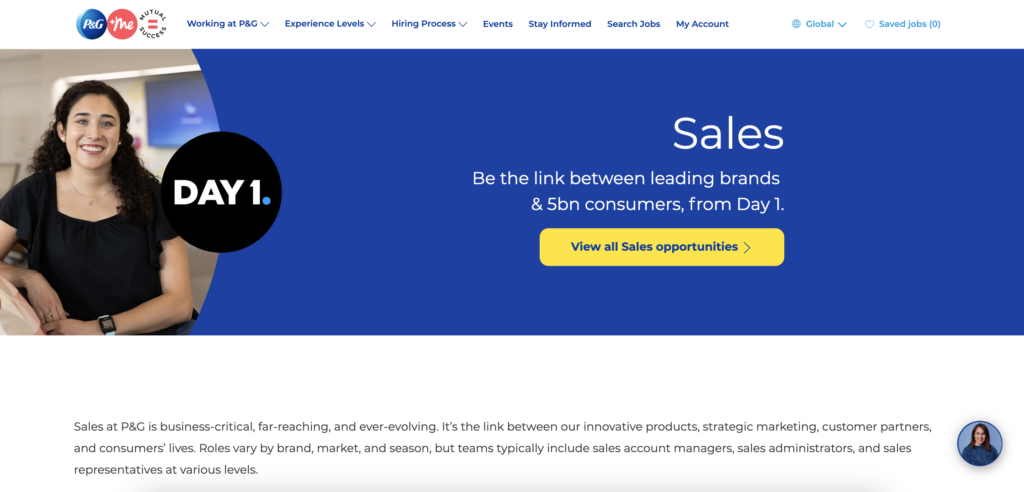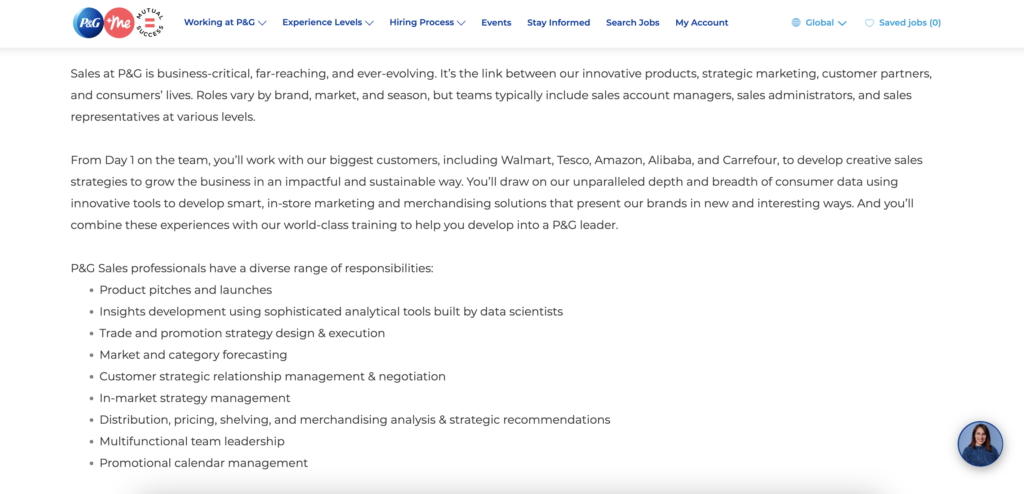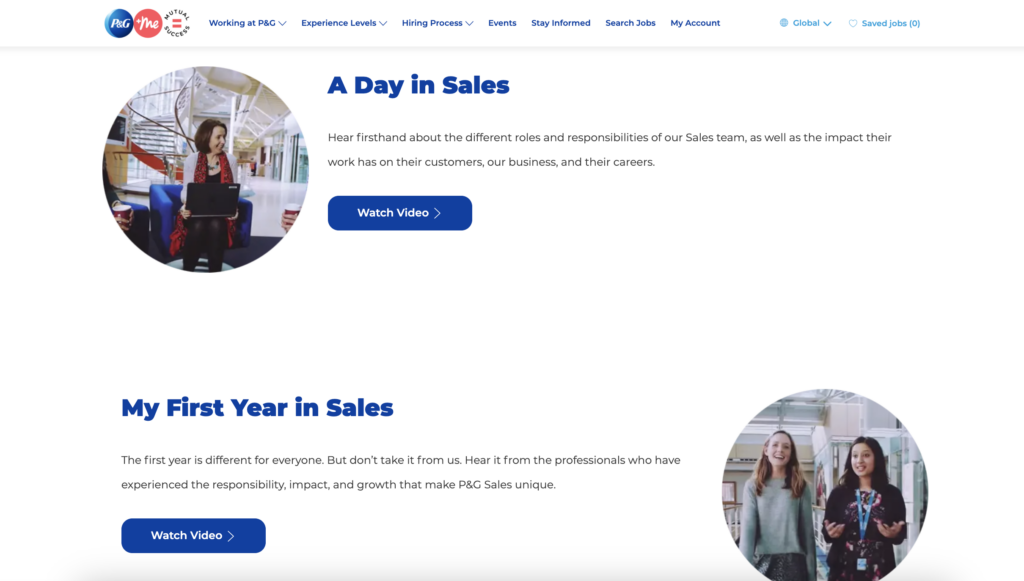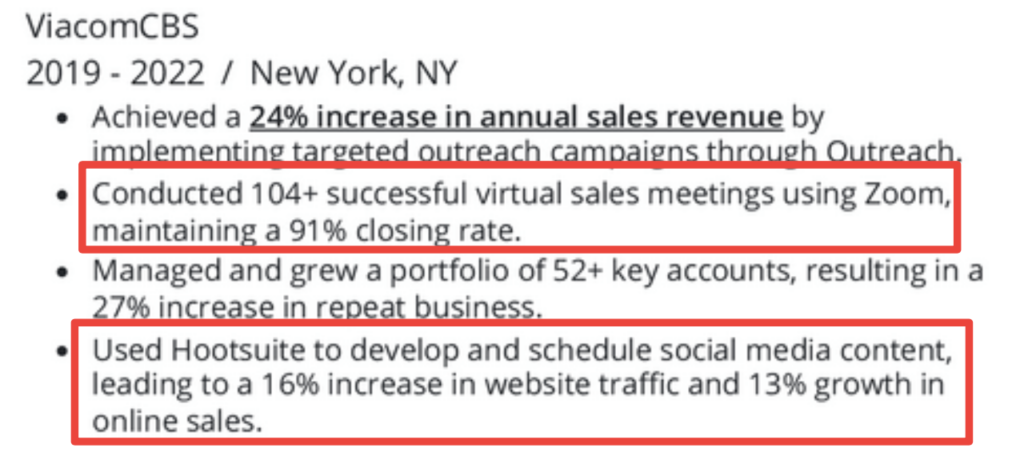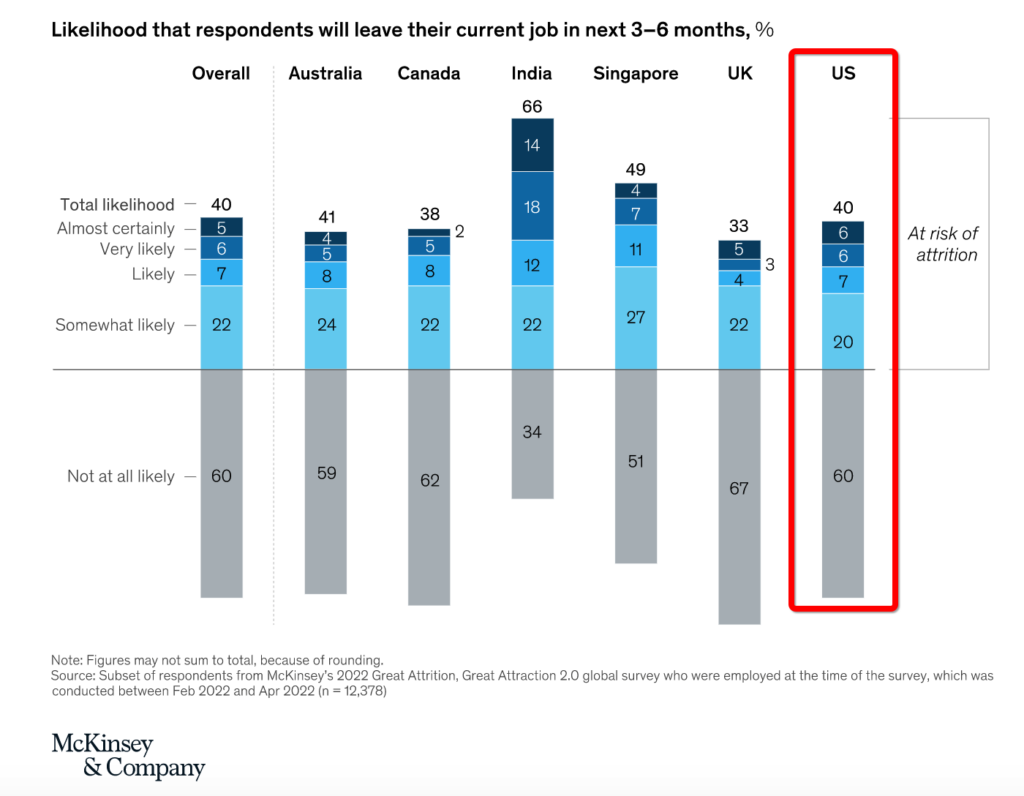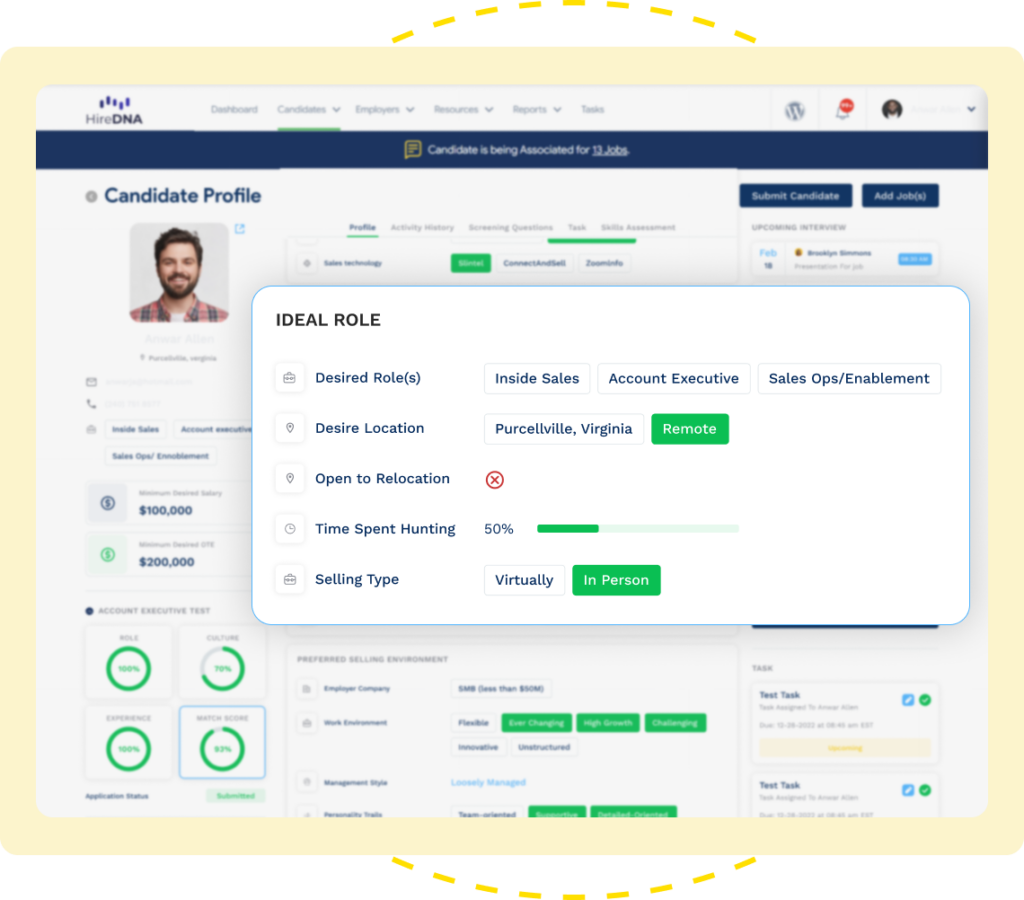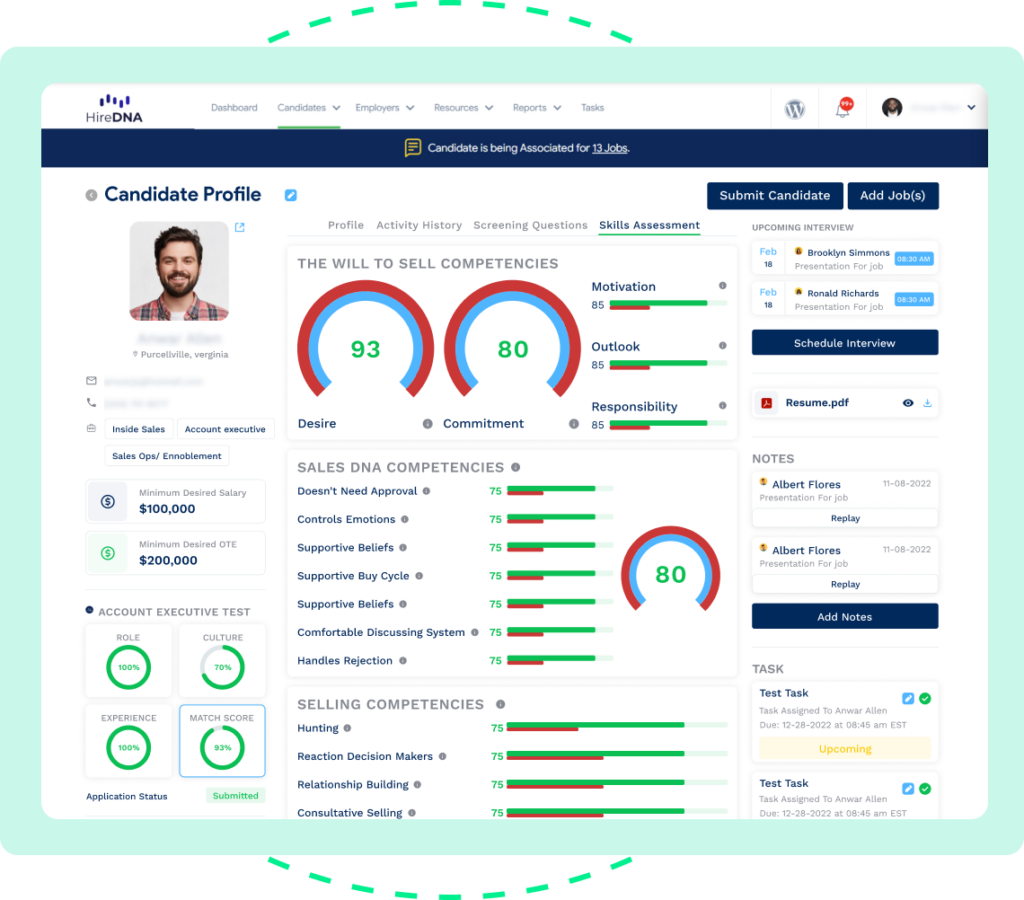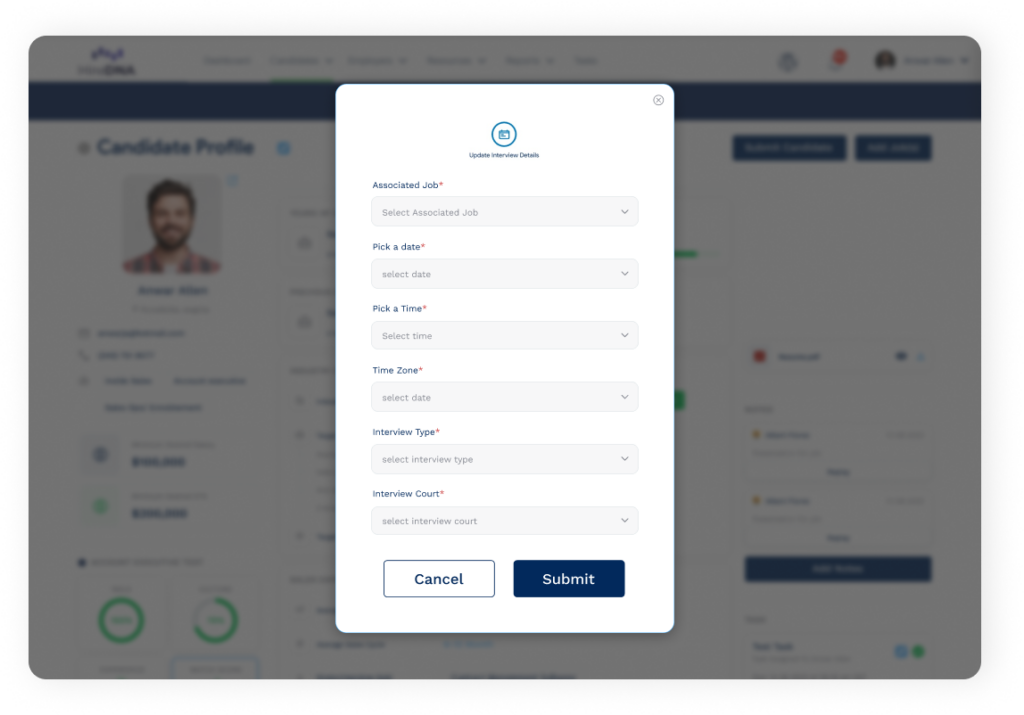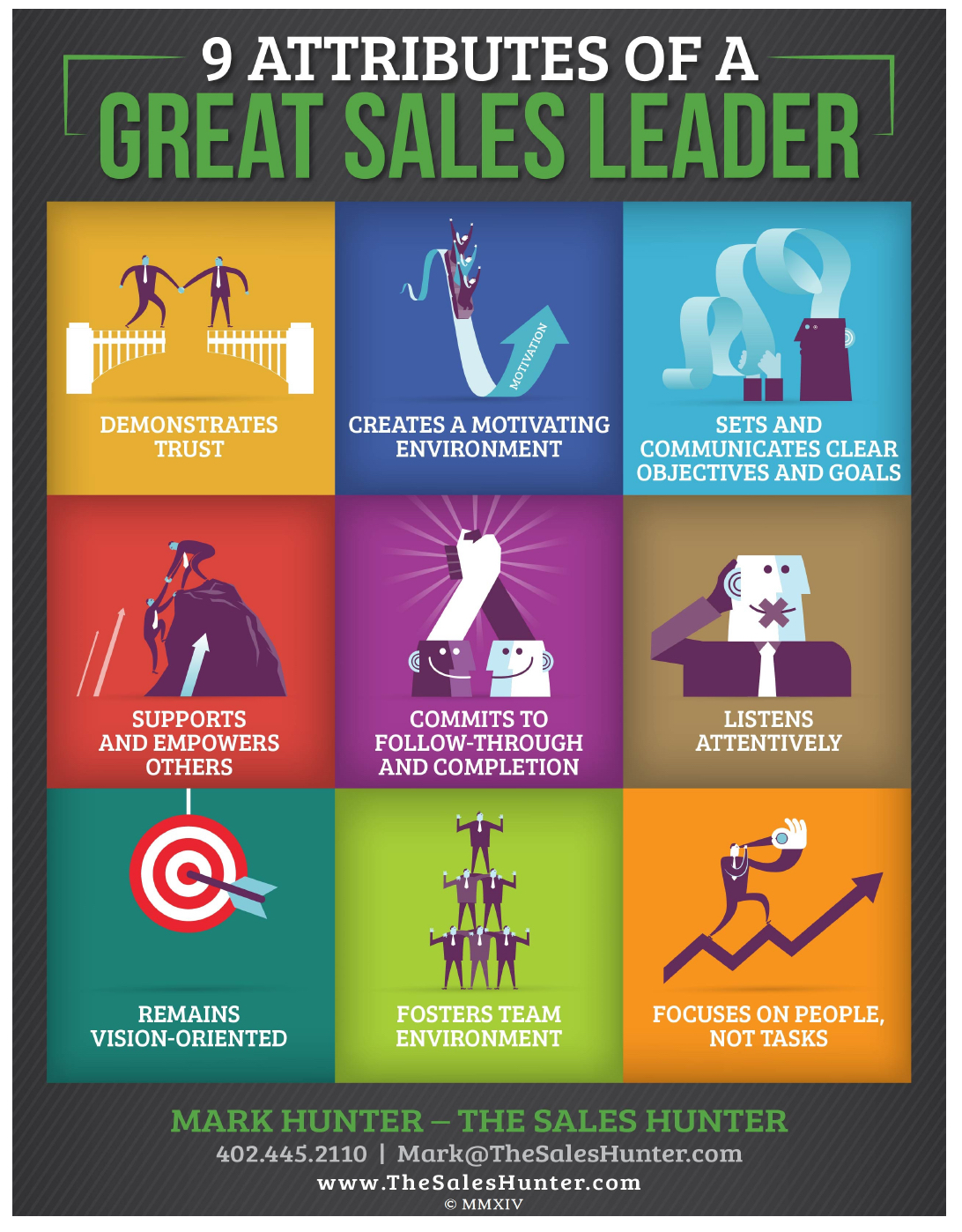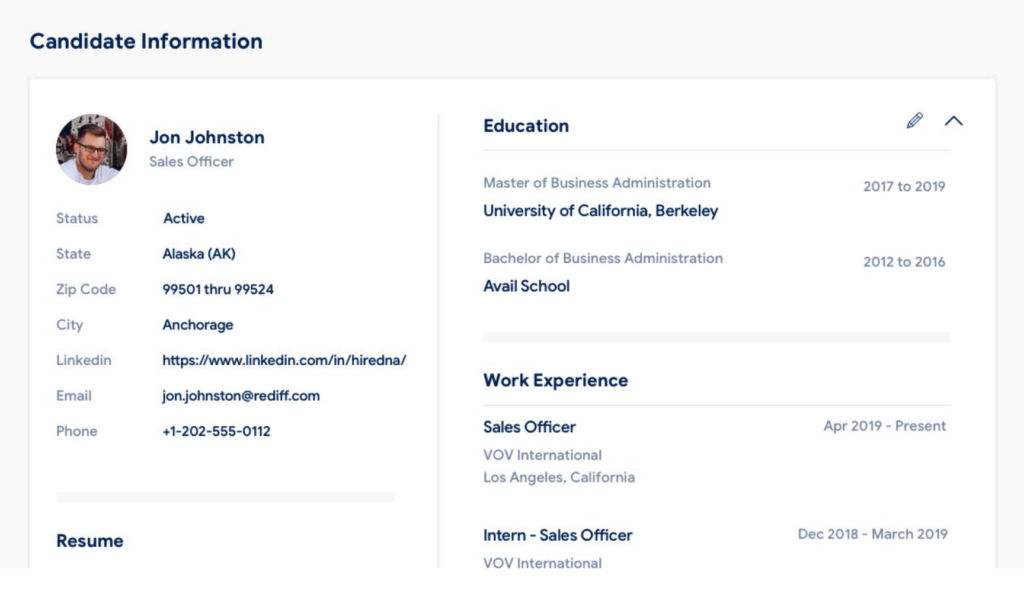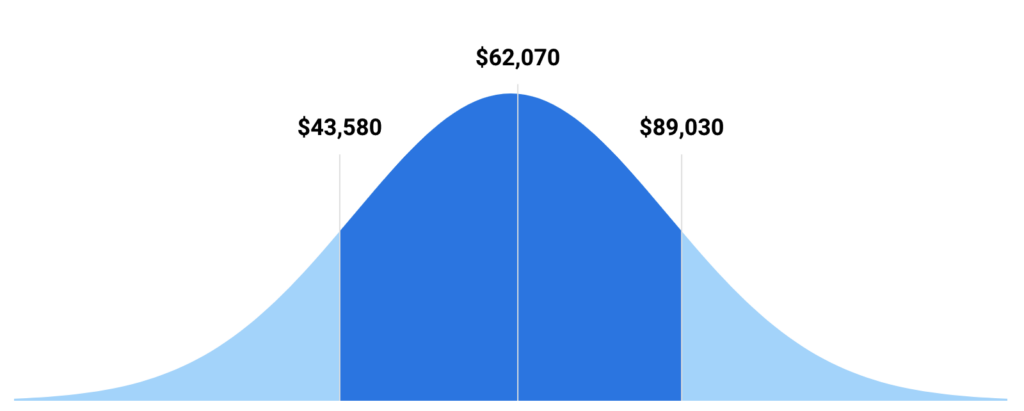Building a foundation of trust from the beginning is important on many levels when hiring SaaS salespeople. From attracting talent to creating positive interactions to getting superstar reps to accept a position to long-term retention, trust is paramount. Unfortunately, the SaaS sales hiring process is lacking in this department for many brands.
In this post, I’d like to share some recent data to provide perspective and offer practical ways to build trust and transparency with your SaaS sales hiring.
A Current Snapshot of Trust Levels Among Candidates
In 2023, Gartner published some intriguing data that offers perspective on where most candidates are at in regard to employer trust and just how big of an impact having trust and transparency can be. Here are some of the highlights.
“Trust is low among employees today. Only 36% of employees report high trust in their organizations. Only 54% of candidates say they trust organizations to be honest with them during the hiring process, and commitment to accepted offers hangs in the balance. 44% of candidates have accepted an offer but then decided not to start the position.”
This data shows there’s a high level of skepticism among many candidates. But as Gartner points out, “trust is key to attracting, engaging, and retaining talent in a competitive, candidate-powered labor market. Employees with high organizational trust express an 11% higher intent to stay and show 39% higher engagement than those with low trust. “They also put 6.35 times as much discretionary effort into their jobs.”
The bottom line is that trust and transparency are highly important to the SaaS sales hiring process, as well as your bottom line. However, these are things that are collectively lacking among many of today’s brands. But if you go the extra mile to build trust and transparency, this can give your brand a major edge over most of your competitors.
With that in mind, here’s how to address concerns during the SaaS sales hiring process.
Create a Clear Hiring Timeline
Last month, we wrote a post about the importance of having a clear hiring timeline and mentioned that this is something that 83% of candidates want to have. One of the best ways to get started out on the right foot with SaaS sales candidates is to let them know exactly what to expect so there’s no guessing on their end.
This shows that you respect their time and it should ensure that they’re not left hanging, creating unnecessary resentment along the way. I highly recommend reading this blog post, as it walks you through the details, but here’s a simple example of a hiring timeline you could share with SaaS sales candidates so they know what to expect.
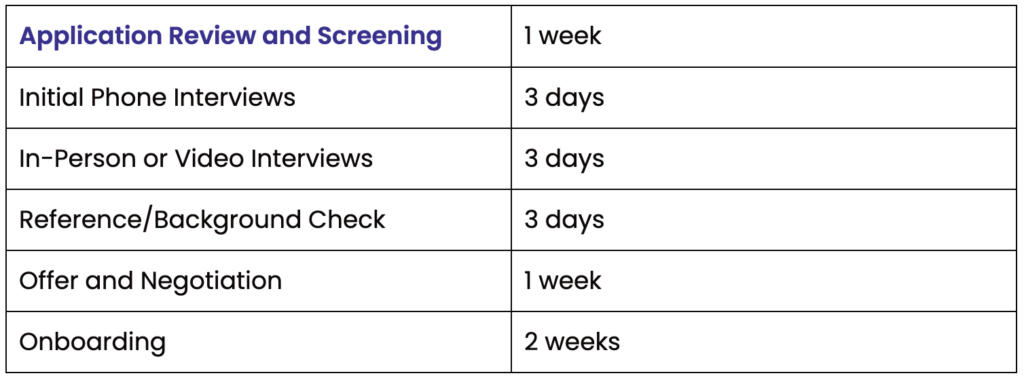
Be Detailed About Salary and Benefits
Research has found that nearly four out of five candidates want at least some form of transparency regarding salary and benefits, and nearly one out of three want total transparency.
Only 21% aren’t concerned with pay transparency when looking for a job.
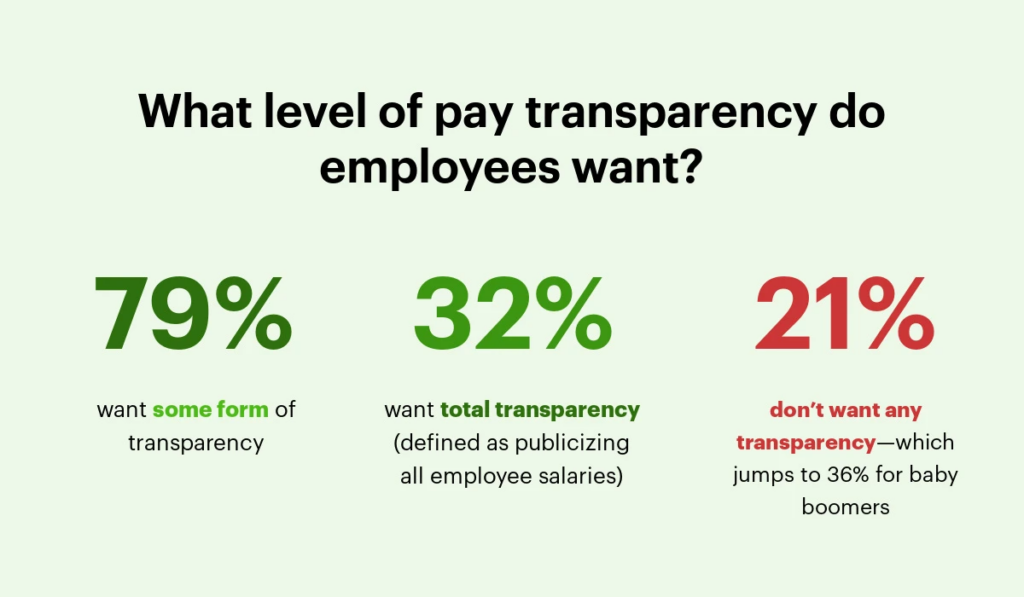
Therefore, another critical part of establishing trust is to put this information out in the open so there are no surprises later on. This means being crystal clear about:
- Base salary
- Commission
- Bonuses
- Benefits
- The potential for pay bumps over time
It’s also wise to discuss the potential for career development opportunities that could increase a salesperson’s earnings.
Doing so should alleviate frustration and mistrust and ensure you’re on the same page right from the get-go. If you’re wondering how much to pay top talent, we wrote an entire post about this topic.
Be Upfront About Job Challenges
Obviously, SaaS sales recruiters want to let candidates know about all of the great benefits of joining their company and focus on the positives. But no matter how amazing a position is, there will inevitably be drawbacks. And it’s important to offer a holistic perspective and a realistic overview to convey the role honestly so candidates know what to expect.
Say, for example, your SaaS sales reps may need to pull some extra hours from time to time. Or maybe it’s a fast-paced environment where you need reps who know how to manage stress.
These are potential challenges you would want to be transparent about during hiring so candidates who are brought on board have the right expectations and don’t quit prematurely.
Offer Responsive Feedback (Even if it’s Negative)
One of the quickest ways to create friction during SaaS sales hiring is to leave candidates in the dark during important decision-making. Whether it’s deciding which candidates make it to the next round of hiring or when someone gets an official offer, it’s crucial that you’re as prompt as possible.
Further, it’s equally as important to offer responsive feedback even if it’s not good news. If, for example, you liked a candidate overall but you decided to move on to the next round of hiring without them, you should let them know shortly after you made that decision so they could look for a different position.
Anyone who’s been a hiring manager knows that delivering bad news isn’t pleasant. But out of respect for the candidate, it’s important to keep them in the loop with timely communication.
Quelling Candidate Uncertainty with Your SaaS Sales Hiring Process
With only 54% of SaaS sales candidates saying they trust brands to be honest with them during the hiring process, this is something worth tackling head-on. By establishing your company as one that values its candidates’ time and maintains transparency from start to finish, you should be in a position to increase engagement and retention, while also getting maximum effort out of the candidates you hire.
Not to mention, it can do wonders for boosting your overall brand equity.
Ready to elevate your sales recruiting by finding elite SaaS sales candidates quicker while drastically reducing hiring mistakes and improving accuracy? Get HireDNA’s Hiring Readiness Assessment.



